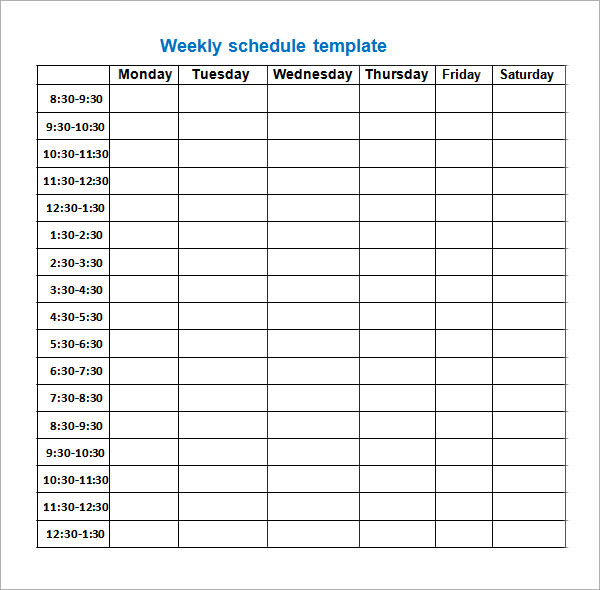

are more likely to be opened and receive a response.Ĩ AM: Commute. It can be easier to stick with a morning exercise routine because the timing is less likely to conflict with other responsibilities.ħ:30 AM: Send emails. The best time is within 30 minutes of waking up.Ħ:30 AM: Exercise. The following timeline provides a sample of two daily schedules that may help you get the most done during your day-whether you’re an early riser or a late nighter.Ħ AM: Eat breakfast. Newhouse School Online compiled research on peak productivity hours for early birds and night owls. Harnessing the benefits of the circadian rhythm may take some initial self-reflection to identify when you feel the most energetic and then plan your day accordingly. Whether that involves going for a walk, moving to a different space in your home or running a quick errand, a visual break from your workspace can help you feel more focused when you return to it.įor many people, maximizing productivity can depend on their own internal clocks-known as circadian rhythms-that regulate when the body feels the most alert and energetic.
#Daily schedule example free#
When you have a few minutes of free time throughout the day, you can make progress on this list.

Shut off access to other inputs like social media, television or entertainment that can pull your attention away from work.
#Daily schedule example full#
Giving your full attention to one task is likely to yield more accuracy and mental acuity and can help with feelings of accomplishment and satisfaction. Using the strategies below can help you develop time management skills that will increase your productivity over time while protecting you from burnout and overworking. Having a long workday with multiple large tasks can be daunting, especially if you don’t know where to begin or are prone to procrastination.

Rosen’s research and other studies have shown that the eight-hour workday isn’t the most effective or efficient way to maintain productivity. In fact, breaking up the workday-including the onslaught of standing meetings-can drastically change a person’s energy levels and lead to more sustainable outputs in the long run.
#Daily schedule example how to#
While 15 minutes doesn’t seem like enough time to accomplish much, Rosen says, “Once you learn how to work for 15 minutes, start increasing the time before taking a technology break.” He recommends that people reward themselves with a few minutes of checking their phones or messages after just 15 minutes of uninterrupted work. One of Rosen’s strategies is to leverage the habit of taking breaks. When balancing a work load, family meals, children’s academics, personal fitness goals and more, the endless list of obligations makes it difficult to maintain an attention span on one thing for more than a few minutes.

Psychological researcher Larry Rosen, Ph.D., suggests that the key to productivity is fewer interruptions, as cited by the American Psychological Association’s (APA) 2017 feature on boosting productivity, but that’s not realistic for most adults working full time. The Psychology of Productivity and Your Attention Span


 0 kommentar(er)
0 kommentar(er)
